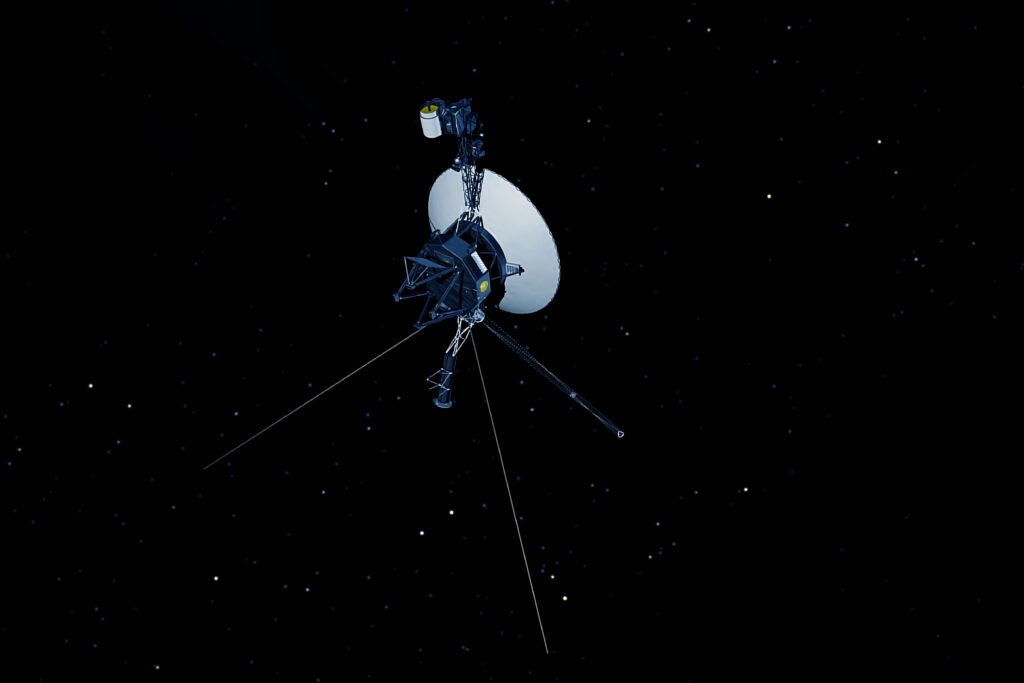A defunct Soviet spacecraft, Kosmos 482, launched in 1972 as part of a mission to Venus, is expected to re-enter Earth’s atmosphere in early May. The spacecraft failed to escape Earth’s orbit due to a malfunction, but its descent is now drawing attention. Experts predict a 500kg fragment of the probe could crash to Earth around 10 May, raising concerns over where it may land.
The Mission That Never Was
Kosmos 482 was originally intended for a mission to Venus in the early 1970s. However, due to a rocket malfunction, the spacecraft was unable to leave Earth’s orbit. Over the years, much of the spacecraft re-entered the atmosphere and burned up. However, one heavily reinforced spherical capsule, designed to withstand the harsh conditions of Venus, remained in orbit. This capsule, about one meter in diameter and weighing around 500kg, could survive re-entry into Earth’s atmosphere. Experts suggest the capsule will descend back to Earth in early May, possibly around 10 May.
Risk of Impact: Minimal but Present
Dutch space debris expert Marco Langbroek explained that the capsule’s design allows it to endure intense atmospheric pressure and heat during its descent. The odds of it surviving intact are higher than many would expect. Langbroek compares the risk to the rare chance of being hit by a meteorite, which occurs a few times each year. While the overall risk to humans or property is low, there remains a possibility the capsule could land in a populated area.
Factors That Could Affect Re-Entry
Jonathan McDowell, an astrophysicist from the Harvard-Smithsonian Center for Astrophysics, provided insight into the factors that could determine the spacecraft’s fate during re-entry. According to McDowell, the spacecraft’s heat shield will play a crucial role. If the heat shield holds, the capsule might land intact. However, if it fails, the spacecraft is likely to disintegrate during re-entry.
The spacecraft could re-enter anywhere between 51.7 degrees north and south latitude, an area that spans regions from London and Edmonton to the far reaches of Cape Horn in South America. The broad range of possible landing sites raises concerns, but experts note that the vast majority of Earth’s surface is covered by oceans, making it more likely the capsule will fall into water.
Historical Precedents for Uncontrolled Re-Entries
Kosmos 482’s re-entry is reminiscent of previous uncontrolled space debris re-entries. In 2022, China’s rocket booster and the 2018 fall of the Tiangong-1 space station both sparked concerns but resulted in little to no harm. These past incidents show that while re-entries can be dramatic, they rarely cause injury or damage. According to space experts, the risk to individuals remains extremely low, despite the attention such events often attract.
What the Experts Are Saying
Experts continue to monitor the descent of Kosmos 482 closely. With more than 50 years having passed since its launch, the probe is a reminder of the vast amount of space debris orbiting Earth. While much of it is no longer a direct threat, uncontrolled re-entries will continue to raise concerns about potential risks to both people and property.
As Kosmos 482 slowly descends toward Earth, experts continue to track its trajectory, emphasizing that while the risks are low, it’s not entirely possible to predict where the capsule will land. Given the vast expanse of Earth’s oceans, it’s likely the spacecraft will crash into water. Still, the event serves as a reminder of the dangers posed by space debris and the ongoing need for effective monitoring systems.
